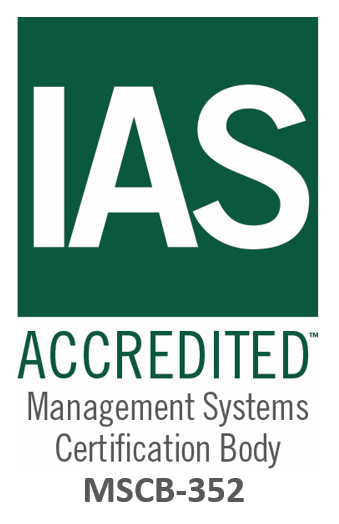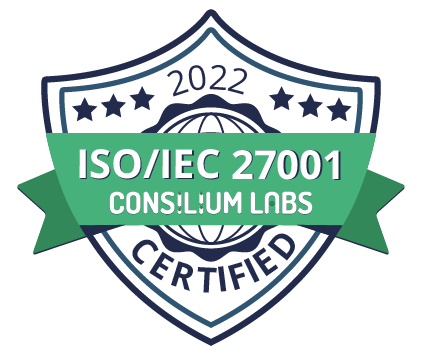The deluge of contract support requests that follow business cycles like quarter-ends and the sudden demand for all hands on deck for unforeseen projects are common place for in-house teams. Through delivering managed legal services and high volume review projects, and in talking with many GCs, we have studied approaches that are successful in starting to manage the spikes.
Demand management - the art of forecasting, planning for and matching capacity to demand - has become a sophisticated process in other business departments such as IT, and we have also found there are lessons that can be applied to contracting. Here’s what we’ve learnt:
Managing demand
Managing demand requires putting in place the processes to drive the right behaviours:
- Intake and triage: put in place a formal intake process for all work requests for legal. Use structured forms, and over time an online portal, to collect requests for support. Have someone responsible for triaging the work against defined rules and deciding where work is best supported. Track the data on what is coming in and where it is coming from.
- Agree service levels: work with the business to agree an appropriate initial response time and time to produce the initial output. Along with the intake process, this is one of the best ways of handling everything being an exception. The business will know when legal will respond, and should gain confidence that they needn’t (and shouldn’t) pester for an immediate response. In time, requests may actually be made with an eye on giving legal enough lead time.
- Prioritise deals: we’ve seen great success in teams handling quarter end crunches by agreeing with the business leads the critical deals that must close, with the clear understanding that other deals will be dealt with in due course.
- Price expedited demands: we’ve also seen teams agree pricing with their suppliers based on the time to turn-around the work. There is a flat cost for a certain turn-around (or no cost if the budget sits with legal) but an additional cost that needs to be picked up by the business budget for an expedited service. This has an amazing effect on determining what really is urgent.
Predicting demand
Building on these tactical responses to demand management, there is the opportunity to build out longer term capacity planning:
- Resource planning: consider having a single shared plan for the internal and external legal teams showing the major expected activities and who will resource them. Keep pushing out the planning horizon.
- Working with the business: IT teams often have a role called a Business Relationship Lead, who works closely with the business to understand needs, interpret requirements and spot spikes in demand. Consider appointing members of your team to be the go-to contact with procurement, sales and other departments who will be calling on your services. Get these individuals to feed into the legal resourcing plan. There is a similar need for legal involvement in management planning committees.
Increasing capacity
Managing and planning for demand won’t quell all the spikes. Capacity needs to be able to be increased too:
- Self-service: tools such as FAQs, training, precedents, document automation and even expert systems can move work off legal’s plate and give legal more capacity to respond to other business needs. It also gives more time to invest in improving how work is done. This can be a virtuous circle.
- Improving efficiency: this is a huge topic, but there are tools and approaches ranging from playbooks to technology through to a commercial approach, all of which can have a huge impact on the ability of legal to deliver. It is worth exploring what your peers are doing.
- A broader ecosystem: sophisticated clients are putting in place managed legal services providers (who can deliver many of the above out of the box), body shops and other alternative suppliers alongside their traditional panel firms to have a broader capacity to meet spikes in demand.




















.png)
.jpg)




.jpg)









.png)
.png)




.png)





























.jpg)


